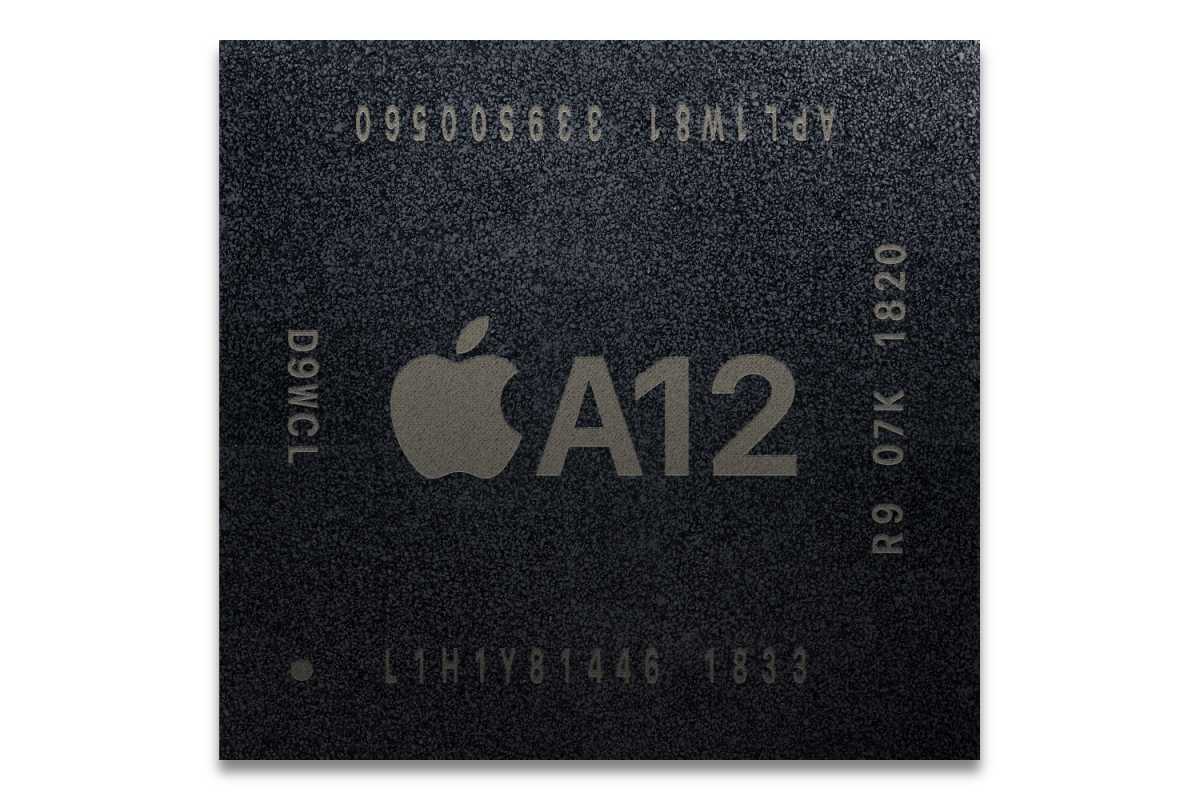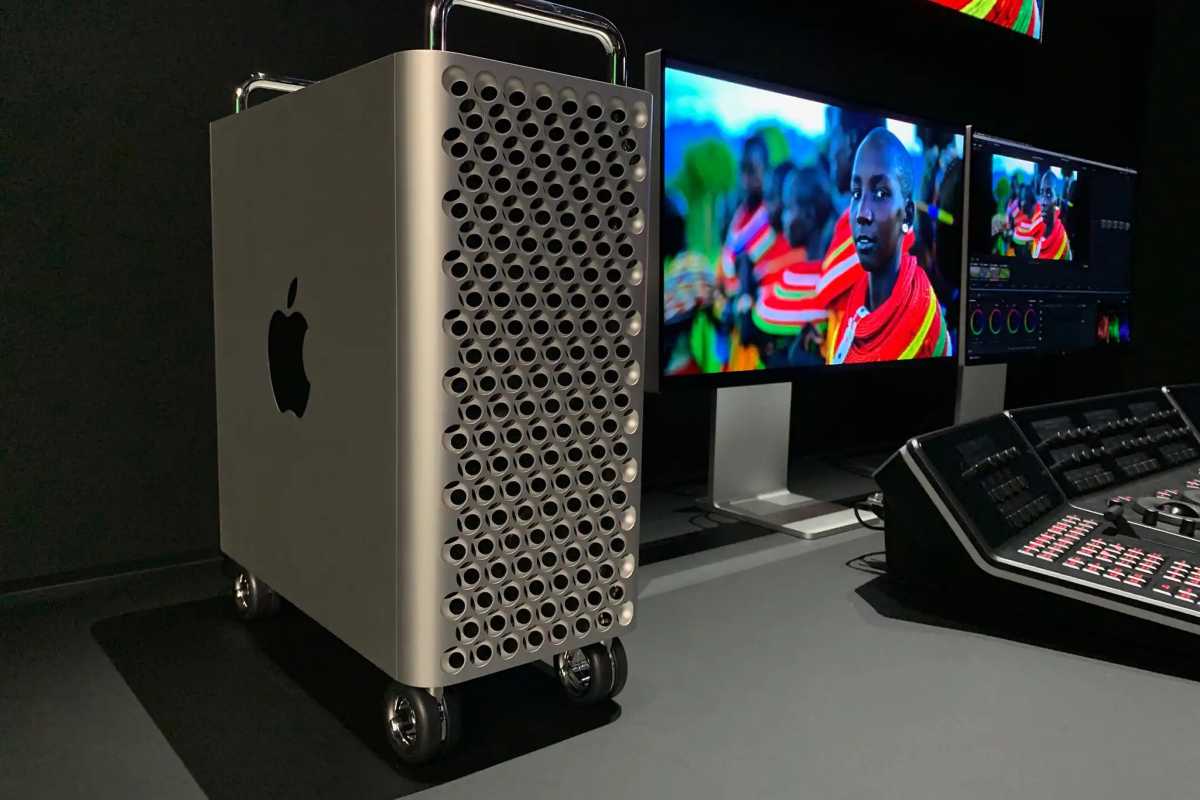In November 2020, Apple bypassed tradition. Instead of a grand stage reveal, the company unveiled its first custom-designed Mac chips through a 45-minute video. It wasn’t the launch they envisioned, but the star of the show – the M1 processor – needed no theatrics. Five years later, the impact of Apple silicon has fundamentally reshaped the Mac’s destiny.
The initial rollout was deliberately cautious. The first M1 Macs – the MacBook Air, 13-inch MacBook Pro, and Mac mini – retained the familiar designs of their Intel predecessors. Apple cleverly masked revolutionary technology within comfortable, recognizable forms. This approach eased the transition for users, mitigating any apprehension about the new architecture.
Then came the performance data, and skepticism vanished. The M1 wasn’t just fast; it was dramatically faster than Intel processors. Even Intel-compiled software, translated on the fly with Rosetta, ran remarkably well. The M1’s efficiency and power were so compelling that Apple continues to sell the M1 MacBook Air today – a testament to its enduring performance and value.

Apple didn’t stop there. A wave of redesigned Macs followed, purpose-built for Apple silicon, alongside the entirely new Mac Studio. This period coincided with a surge in remote work, further fueling Mac sales. The five years preceding Apple silicon had already been the Mac’s most successful, averaging $25.5 billion in annual sales. But the transition proved to be a masterstroke.
The subsequent five years shattered previous records. Mac sales jumped nearly one-third, averaging $33.7 billion annually. It was a bold gamble to abandon Intel, but Apple’s vision was validated. The shift to Apple silicon wasn’t just a change; it was a revolution, propelling the Mac to unprecedented heights.
The core question surrounding Apple’s plan was deceptively simple: could a chip designed for a phone truly power a Mac? Apple had spent a decade refining its chip designs for iPhones and iPads, prioritizing power efficiency and a tightly integrated system. Scaling that expertise to the demanding needs of professional Mac users seemed a monumental challenge.

The groundwork was laid with the A12Z chip, initially developed for the iPad Pro. Apple created five generations of enhanced iPhone chips, adding cores and features suitable for high-end tablets. This culminated in the A12Z, which was discreetly deployed in a Mac mini as a developer testbed, providing invaluable real-world feedback before the M1’s official debut.
The M1 proved the concept, flawlessly powering Apple’s entry-level Macs. But Apple wasn’t finished. The introduction of Max and Pro chip variants dramatically increased core counts and memory capacity. This demonstrated that a phone-centric chip design, amplified with processing power and integrated memory, could excel even in the most demanding Mac configurations. The trade-off? User-upgradeable RAM and dedicated graphics cards became relics of the past.
Apple’s chip rollout hasn’t followed a predictable pattern. While the initial M1 generation established a clear trajectory, subsequent releases have been more varied. Some chip tiers have been discontinued, while others have been unveiled simultaneously or in staggered releases. This dynamic approach reflects Apple’s ongoing learning and adaptation.

Each generation of Apple silicon has brought distinct engineering improvements. One year might focus on CPU or GPU core upgrades, while another introduces a new Neural Engine. The M1 Pro and Max chips felt cohesive, but later generations saw the Max variant truly distinguish itself, while the Pro became a refined mid-tier option. This constant evolution demonstrates Apple’s commitment to pushing the boundaries of Mac performance.
Despite the complexities, Apple has consistently delivered impressive speed gains with each new generation. CPU cores have become 10% to 30% faster, and GPU performance has steadily improved, even in generations where core counts remained stable. The result? The base-model M5 processor is now roughly twice as powerful as the original M1, a remarkable feat of engineering.
One area where Apple initially lagged was in Artificial Intelligence. However, the company had already been incorporating a Neural Engine – dedicated to machine learning tasks – into its chips for over a decade. The oversight wasn’t a lack of foresight, but rather an underestimation of the industry’s rapid embrace of AI and its reliance on CPU and GPU cores.
Apple responded swiftly. The M4 chip introduced “neural accelerators” to enhance AI performance on the CPU, and the M5 extended these accelerators to the GPU. Apple’s chip designers recognized the growing importance of AI and adapted their designs to meet the evolving demands of software developers and users.
The Mac Pro stands as the sole casualty of Apple silicon’s success. While still available, its performance mirrors that of a Mac Studio equipped with the same Ultra-class processor. The Mac Studio, with its compact form factor and powerful capabilities, has largely eclipsed the traditional tower design. The Mac Pro feels like a relic of a bygone era, its future uncertain.
The last five years have been a period of extraordinary innovation and transformation for the Mac. Apple’s transition to its own silicon has not only delivered unprecedented performance but has also redefined the possibilities of what a Mac can be. And, as always with Apple, there’s a strong sense that the most exciting chapters are yet to be written.





